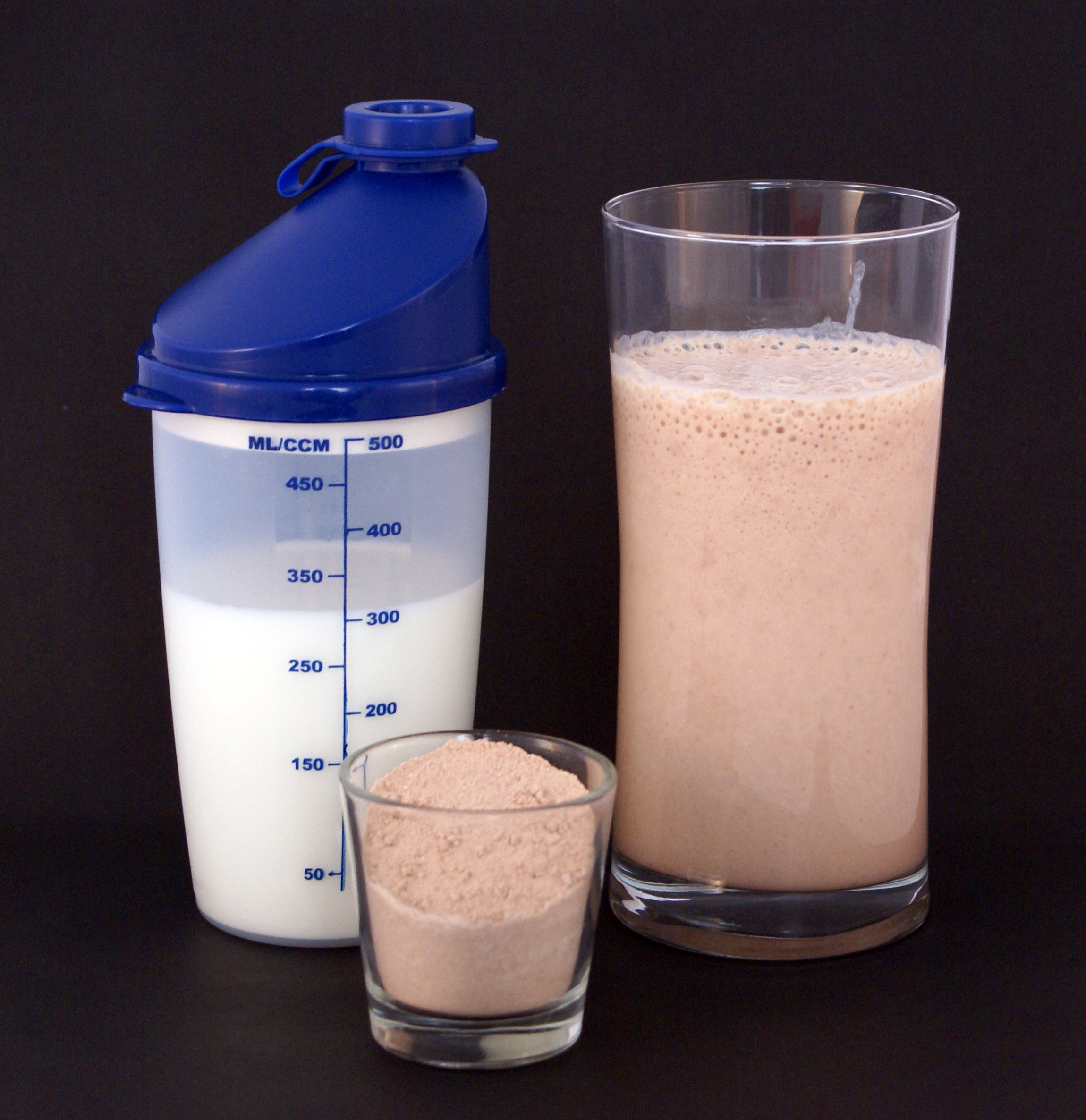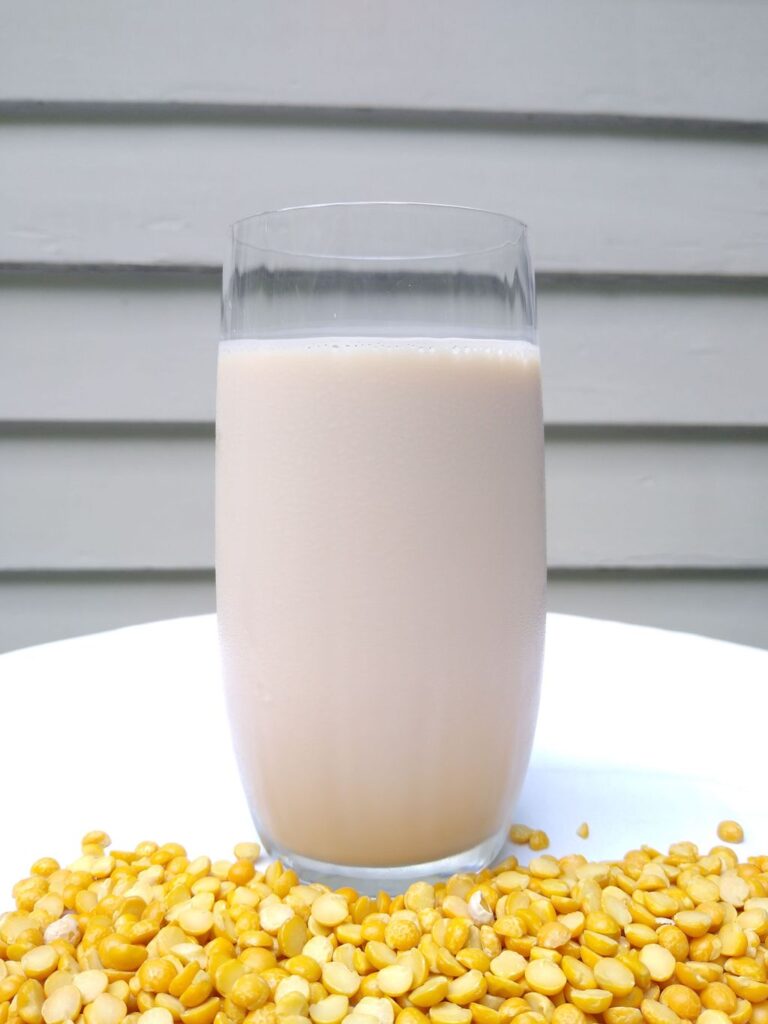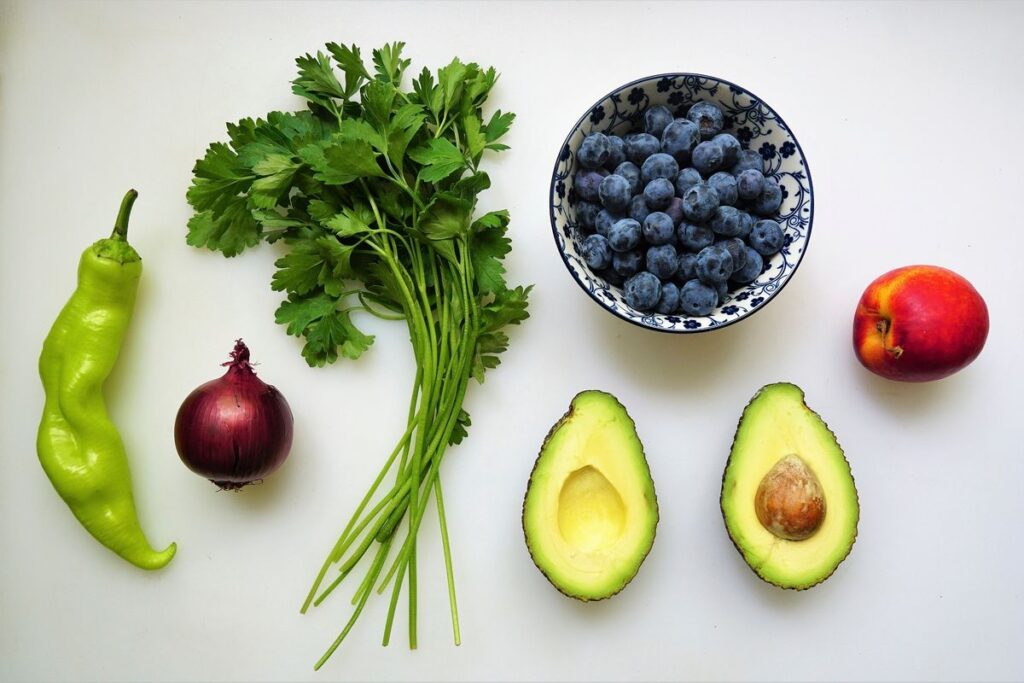
In the bustling world of health and fitness, protein shakes have become a ubiquitous presence, often touted as an indispensable component for muscle growth, weight management, and overall well-being. Shelves are stocked with an array of powders, ready-to-drink options, and bars, leading many to believe that supplemental protein is a non-negotiable part of a healthy lifestyle. However, a deeper dive into the science of proteins reveals a more nuanced picture, one that emphasizes the body’s inherent capabilities and the vast array of natural sources available to meet our nutritional demands.
Understanding why protein shakes aren’t always necessary begins with a comprehensive grasp of what proteins are, their vital functions within our physiology, and how we can effectively source them through a balanced diet. This journey into the molecular marvels that are proteins will empower you with evidence-based knowledge, enabling informed decisions about your nutritional strategy. By focusing on the fundamentals, we can appreciate the incredible efficiency of our bodies and the abundant ways to support them without always reaching for a supplement.
Let’s embark on an enlightening exploration of proteins, their intricate dance within our cells, and the practical wisdom that can guide your dietary choices, ensuring optimal health and debunking common misconceptions about protein intake.

1. **The Fundamental Role of Proteins in Your Body** Proteins are far more than just building blocks for muscles; they are fundamental to virtually every process within our cells and organisms. These organic compounds, containing nitrogen, carbon, hydrogen, and oxygen, are indispensable for life, acting as precursors to a myriad of biologically relevant molecules. Imbalances in protein—either an excess or a deficiency—can lead to severe health issues, including nervous system defects, metabolic problems, organ failure, and in extreme cases, even death. This highlights their critical and pervasive influence on human biochemistry.
The diverse functions of proteins are truly remarkable. They serve as antibodies, binding to specific foreign particles like viruses and bacteria to defend the body; a prime example is Immunoglobulin G (IgG). Enzymes, another category of proteins, are crucial for executing countless chemical reactions within cells, and they also assist in forming new molecules by interpreting genetic information from DNA, with Phenylalanine hydroxylase being a notable example. Without these catalytic powerhouses, cellular metabolism would grind to a halt.
Furthermore, proteins act as messenger proteins, transmitting signals to coordinate biological processes among different cells, tissues, and organs; growth hormone is a classic instance of this type of communication. They also provide essential structural support for cells and enable bodily movement on a larger scale, as exemplified by actin. Lastly, proteins are vital for transport and storage, binding and carrying atoms and small molecules within cells and throughout the body, with ferritin serving as an excellent example of an iron-storage protein. This expansive range of roles underscores their irreplaceable contribution to maintaining life and health.
Read more about: Unlock Your Brain’s Full Potential: 14 Science-Backed Habits to Outsmart ‘Brain Rot’ and Boost Your Cognitive Power

2. **Decoding Protein Structures: From Amino Acids to Complex Forms** The vast diversity in protein activities and functions stems from their complex structural and functional properties, which have evolved over long periods. These properties include the process of rapid protein folding, the presence of binding sites specific to small groups of molecules, a balanced flexibility in structures alongside appropriate rigidity levels to maintain function, and congruent protein surface structures suitable for their environment. Intriguingly, proteins are also vulnerable to degradation, which can damage them and render them useless, highlighting the delicate balance required for their integrity.
At the heart of every protein’s unique function lies its intricate structure, which can be described in four hierarchical levels. The primary structure is simply the linear sequence of amino acids, dictated by the gene codes. These amino acids are linked by polypeptide bonds, forming a chain. This fundamental sequence is the blueprint, determining all subsequent levels of structure and ultimately, the protein’s identity and function. Without this precise order, the protein cannot achieve its intended purpose.
The secondary structure emerges as these primary chains fold or coil into regularly repeating local structures, primarily α-helices (cylindrical spirals) and β-pleated sheets (planar, ribbon-like forms). These formations are stabilized by hydrogen bonds between the peptide groups of the main chain. The tertiary structure then describes the overall three-dimensional conformation of a single protein molecule, which is created when the protein further folds. This complex shape is stabilized by a variety of intramolecular bonds, including hydrogen bonds, hydrophobic interactions, ionic bonds, and disulfide bridges, often resulting in a globular or fibrous shape that dictates the protein’s basic function.
Finally, the quaternary structure is formed when two or more tertiary polypeptide chains, referred to as protein subunits, come together to function as a single, larger protein complex. These unique patterns are often stabilized by hydrogen bonding and other interactions. While all proteins possess primary and secondary structures, the more complicated tertiary and quaternary structures are not universal, yet they are crucial for the functions of many complex proteins, illustrating the profound elegance and complexity of these molecular machines.

3. **Essential vs. Complete Proteins: What Your Body Truly Needs** Understanding the distinctions between different types of dietary proteins is crucial for ensuring adequate nutrient intake, especially when considering the necessity of supplements. Proteins are composed of 20 different amino acids, and while our bodies can synthesize some of these, others—known as essential amino acids—must be obtained directly from our diet. The concept of “complete” versus “incomplete” proteins revolves around the presence and proportion of these essential amino acids within a food source.
Animal proteins, typically found in foods like chicken breast, salmon, ground beef, eggs, milk, and cheese, are generally classified as “complete” proteins. This means they contain all nine essential amino acids in the right proportions that the human body needs for optimal function. Their comprehensive amino acid profile makes them a highly efficient source for meeting protein requirements, particularly for growth and repair.
Conversely, most plant proteins are considered “incomplete” because they lack one or more of these essential amino acids. For instance, lentils, chickpeas, black beans, quinoa, tofu, almonds, and peanut butter are excellent sources of protein but might be deficient in specific essential amino acids individually. However, this does not diminish their value. By combining different plant protein sources throughout the day—such as pairing grains with legumes—individuals following plant-based diets can easily achieve a complete amino acid profile, negating the need for animal-based proteins or specialized supplements for this purpose.
The flexibility in combining plant proteins highlights that a varied and well-planned diet can readily provide all necessary amino acids. This underscores that focusing on dietary diversity, rather than solely on “complete” protein sources, is a practical and effective strategy for nutritional adequacy. For most people, simply eating a range of plant foods ensures all essential amino acids are consumed over the course of a day, without the need for supplemental protein to fill gaps.

4. **A Balanced Diet: Exploring Diverse Protein Sources** The good news is that protein-rich foods are abundant in both animal and plant kingdoms, offering a wide array of choices to suit various dietary preferences and needs. Understanding these sources and their typical protein content per 100 grams can help you make informed decisions about your daily intake without relying on supplements. These natural sources provide not only protein but also a spectrum of other vital nutrients, contributing to overall health in a way that isolated protein powders often cannot.
For those who consume animal products, options are plentiful and rich in protein. Cooked, skinless chicken breast offers approximately 31 grams of protein per 100 grams. Salmon, when cooked, provides around 25 grams, while 90% lean ground beef delivers about 26 grams. Even everyday staples like eggs contain approximately 13 grams, Greek yogurt about 10 grams, milk around 3.4 grams, and cheddar cheese a substantial 25 grams per 100 grams. These sources demonstrate how easily significant amounts of protein can be integrated into meals.
Plant-based proteins are equally compelling and diverse. Cooked lentils, chickpeas, and black beans each provide approximately 8-9 grams of protein per 100 grams. Quinoa, a versatile grain, offers about 4 grams, while tofu, a soy-based product, contains roughly 8 grams. Nuts are also excellent sources, with almonds providing an impressive 21 grams and peanut butter around 25 grams per 100 grams. These examples clearly illustrate that a well-rounded diet, inclusive of both animal and plant-based foods, can effortlessly meet daily protein requirements.
Beyond just protein content, it’s also worth noting the additional nutrients present in these whole food sources. Animal products, for instance, often contain vitamin B12, heme iron, and omega-3 fatty acids, which may be less abundant in plant sources. However, the nutrient profile of plant proteins is also highly beneficial, often including fiber, vitamins, and minerals that contribute to digestive health and overall well-being. This holistic approach to nutrition, prioritizing whole food proteins, underscores why supplemental shakes might be redundant for many individuals.
5. **Calculating Your Protein Needs: Beyond a One-Size-Fits-All Approach** Determining the exact amount of protein an individual needs is not a simple, universal calculation; it’s a highly personalized endeavor. Several factors significantly influence protein requirements, including age, sex, physical activity level, and overall health status. This variability means that a blanket recommendation for protein intake, or the assumption that everyone needs more protein than they are currently consuming, is often misguided and can lead to unnecessary supplementation.
For adults, the generally accepted Recommended Dietary Allowance (RDA) for protein is 0.8 grams per kilogram of body weight per day. To put this into perspective, a sedentary adult weighing approximately 70 kilograms (about 154 pounds) would typically require around 56 grams of protein daily. This amount is readily achievable through a standard balanced diet without the need for protein shakes. For example, a chicken breast (31g), a serving of Greek yogurt (10g), and a small portion of lentils (9g) already bring one close to this target.
However, it’s important to acknowledge that specific groups may have higher protein needs. Athletes, individuals engaging in heavy physical activity, pregnant or breastfeeding women, children, and adolescents experiencing rapid growth periods all fall into categories where increased protein intake is particularly crucial. During these times of heightened demand, the body requires more protein to support tissue growth, repair, and metabolic functions. Even in these cases, dietary adjustments are often sufficient.
The key takeaway is that individual protein needs are dynamic and best assessed with professional guidance. Consulting with a healthcare professional or a registered dietitian can provide personalized recommendations tailored to your specific health goals and conditions. They can help you understand whether your current dietary intake is adequate or if adjustments are needed, offering practical strategies that prioritize whole foods before considering supplements. This ensures that protein intake is optimized for your unique physiological demands, rather than based on generalized advice or marketing claims.

6. **The Intricate Journey of Protein Synthesis and Turnover** The proteins we consume are not merely absorbed and used directly; instead, our bodies engage in a sophisticated and continuous process of protein synthesis and degradation, known as protein turnover. This dynamic cycle ensures that cells have a constant supply of functional proteins while also efficiently recycling damaged or old ones. Understanding this intricate journey highlights the body’s remarkable ability to manage its protein economy, underscoring the efficiency with which it utilizes available resources.
Proteins are assembled from amino acids using precise genetic information encoded in our genes. Each protein has its own unique amino acid sequence, specified by the nucleotide sequence of its gene. This genetic code, a set of three-nucleotide units called codons, dictates which amino acid should be added next. This complex blueprint is first transcribed from DNA into messenger RNA (mRNA), which then serves as a template for protein synthesis in the ribosomes, a process known as translation. It’s a marvel of molecular engineering occurring billions of times in our bodies every day.
Once synthesized, proteins are not permanent fixtures. They exist for a certain period, ranging from minutes to years, with an average lifespan of 1-2 days in mammalian cells, before being degraded and recycled by the cell’s machinery. Abnormal or misfolded proteins are particularly vulnerable, often being targeted for destruction more rapidly due to their instability. This continuous turnover is vital for cellular health, allowing the body to adapt to changing conditions and maintain cellular integrity and function.
Read more about: Are You Getting Enough of This? The Essential Vitamins Every Woman Over 60 Needs for Optimal Health and Longevity
The sheer scale of protein management within the body is staggering. A typical bacterial cell contains about 2 million proteins, while human cells can harbor an astonishing 1 to 3 billion proteins. Even with this immense quantity, the body meticulously regulates their creation and destruction. This constant process of building, using, and breaking down proteins demonstrates an incredible biological efficiency. It suggests that if one is consuming adequate protein through a varied diet, the body is fully equipped to handle its protein needs without constant exogenous supplementation from shakes.




